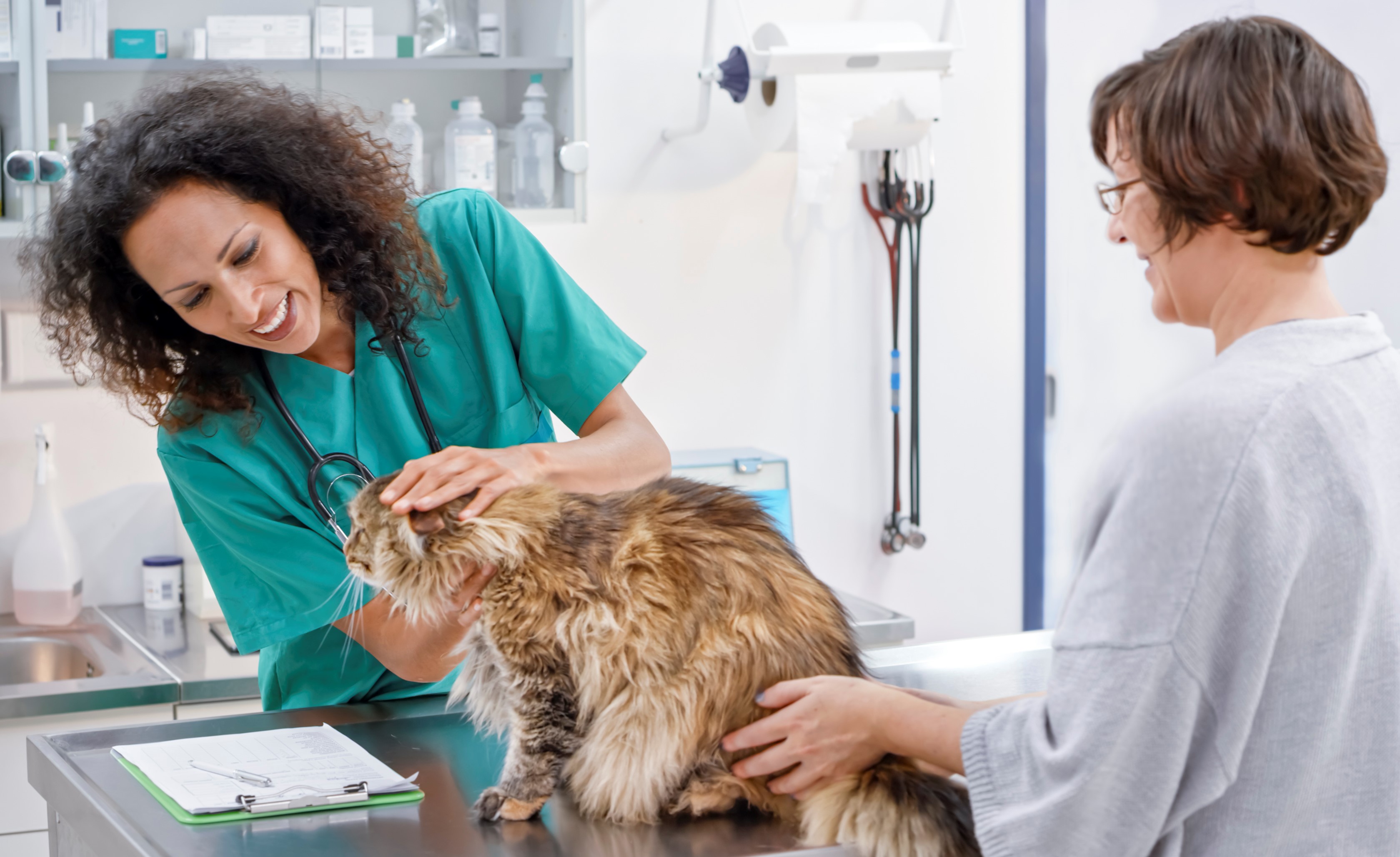What should I do if I think my pet has Valley fever?
If your pet has trouble breathing or shows other signs that could be Valley fever, have your veterinarian examine your animal. Valley fever treatments for animals are available. If the infection spreads throughout the body, animals may need much longer treatment (12-18 months or more), which may or may not be successful. Infections that reach the brain may require lifelong treatment, as well as medications to control other signs such as seizures. More severe infections may require hospitalization or surgery.
Unfortunately, medical and surgical treatment cannot always help an animal with Valley fever, and some animals may die. About 1 in 4 dogs with Valley fever get sick again after treatment. It is possible for your pet or animal to become infected more than once and get Valley fever again.
